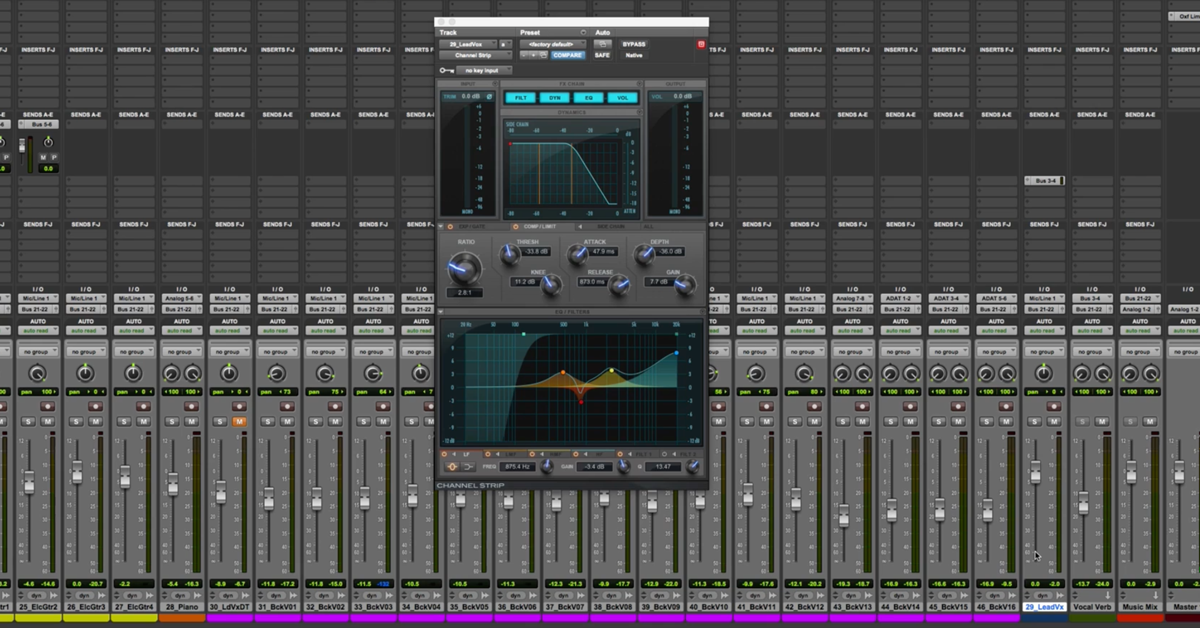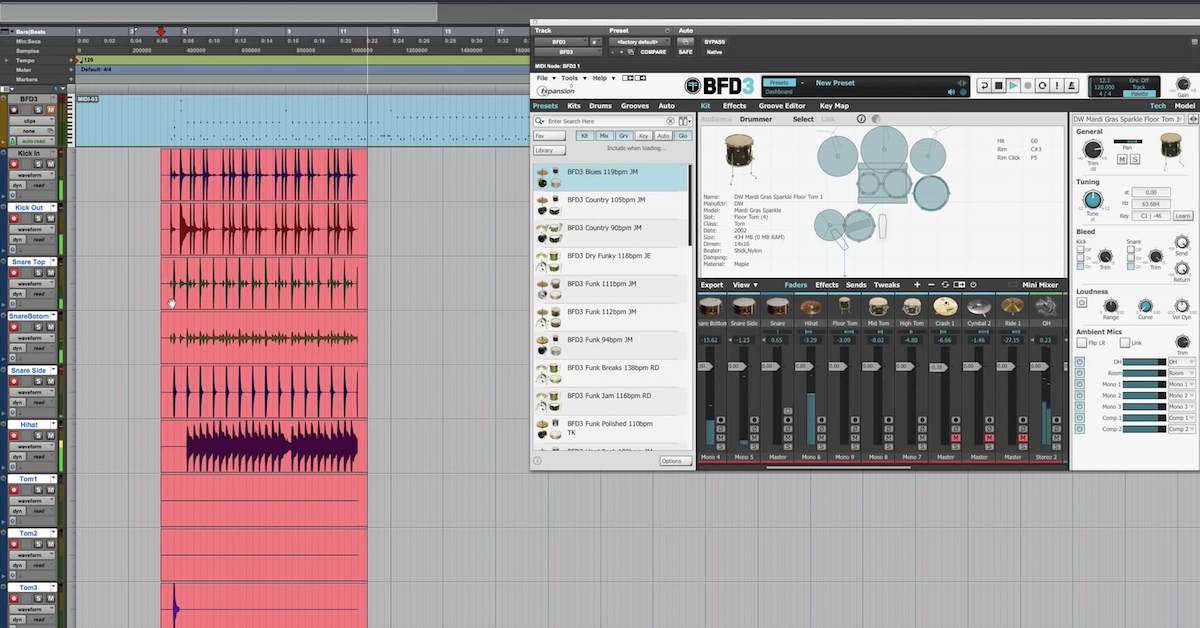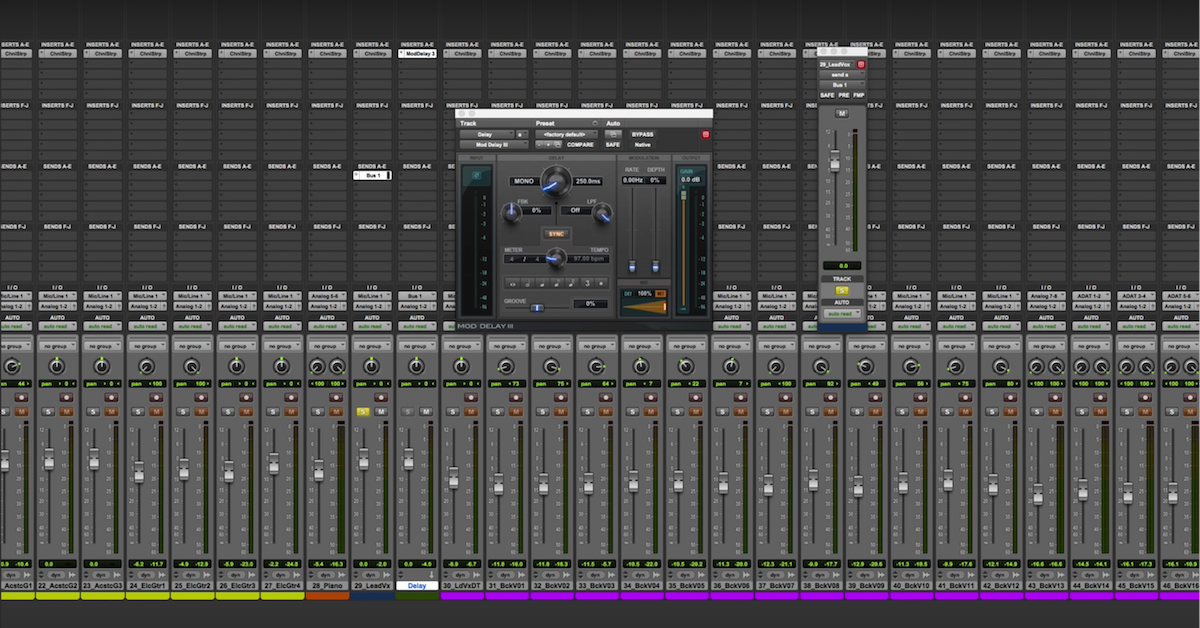The Most Powerful Mixing Tool
Article Content
Gain (volume) is the most important and powerful tool available to the mix engineer.
Each audio track is processed through a mixer channel and there are generally two points at the mixer channel where the gain can be adjusted:
- Input gain – before any effects or other processing is applied. Usually this is controlled using ‘input gain’ at the top of the mixer channel.
- Channel fader – after effects or other processing is applied. Usually this is controlled using the channel fader at the bottom of the mixer channel.
Adjusting the input gain is important because it sets the level of the audio going into the effects chain. When working with analogue equipment, this is crucially important – too much level will result in distorted sound, too little level will result in too much noise. This is somewhat less important when working with digital equipment (especially when mixing entirely within a modern DAW) because they have a much wider dynamic range.
Input Gain
Regardless of whether you’re working with analogue or digital equipment (or a combination of both), it’s important to set the input gain of all channels so that the audio levels going into all the mixer channels is roughly similar. This makes it easier to balance the levels of the channels against each other and makes sure your effects further downstream behave consistently from track to track.
The correct audio level depends on the mixer itself. For a lot of analogue mixers, an audio level somewhere between -12dB and 0dB is usually a good place to start. For digital mixers, around -24dBFS or -18dBFS is more appropriate. Set the input gain so that the audio is around that level when the channel fader is at its default position (also called ‘unity’) of 0dB.
Channel Fader
The channel fader adjusts the final level of the audio after it has been processed. This is the control that the mix engineer uses to determine which audio tracks will be heard louder than others. While the input gain is largely a technical setting, the channel fader is a much more creative setting. This is where the focus of the mix (and the listener’s ear) is determined. It the biggest factor that determines whether a sound is in the foreground and background. The important thing to understand here is that not everything can be loud, not everything can be in the foreground.





